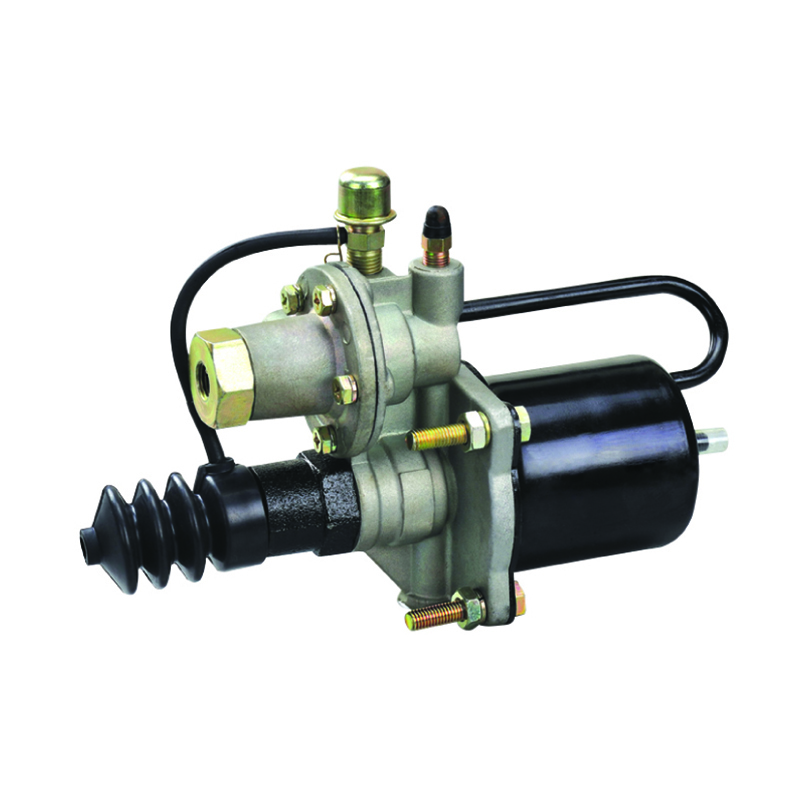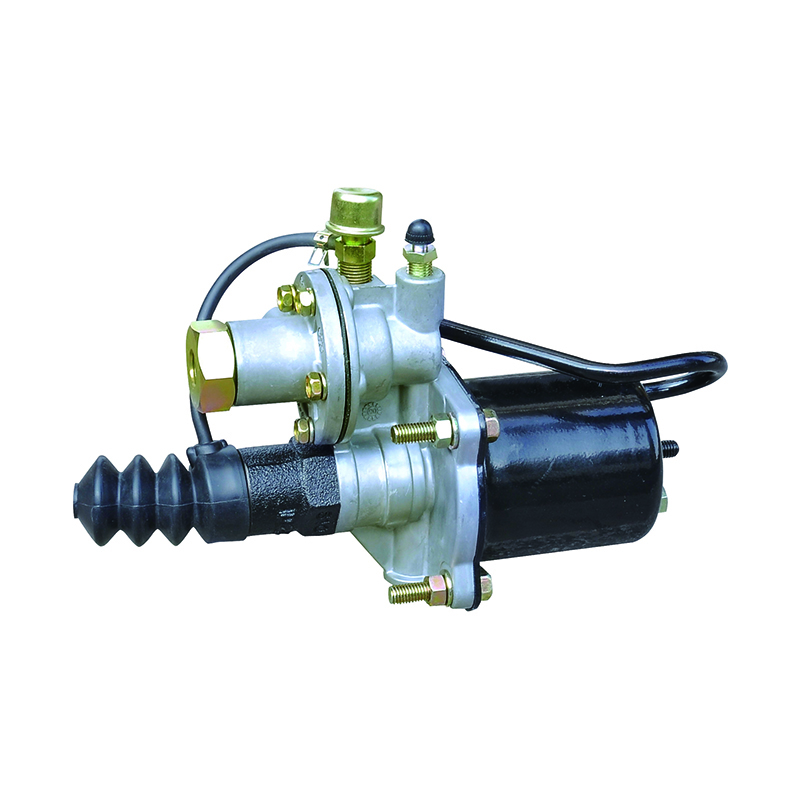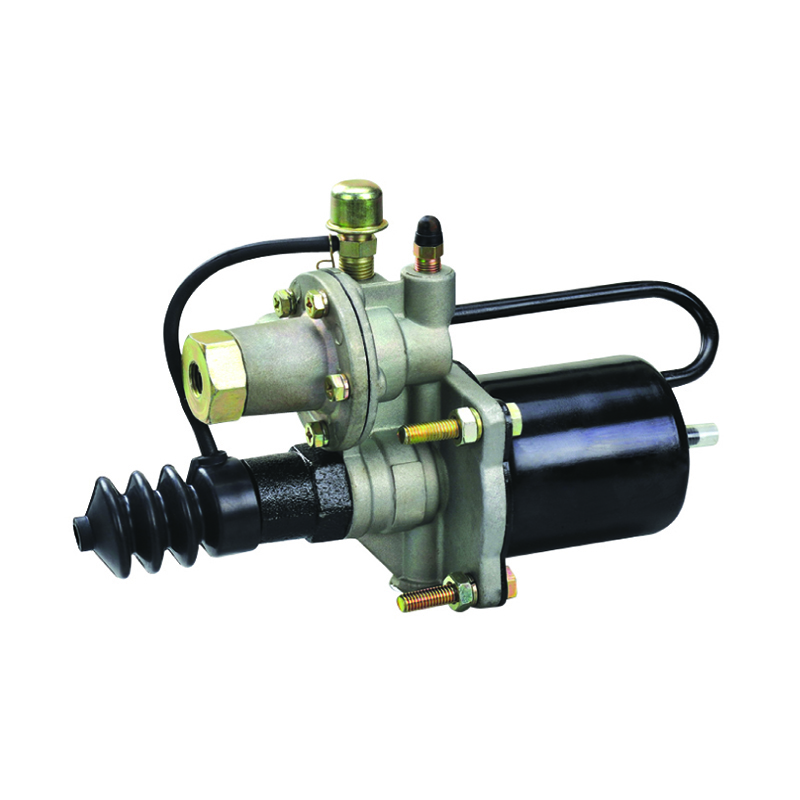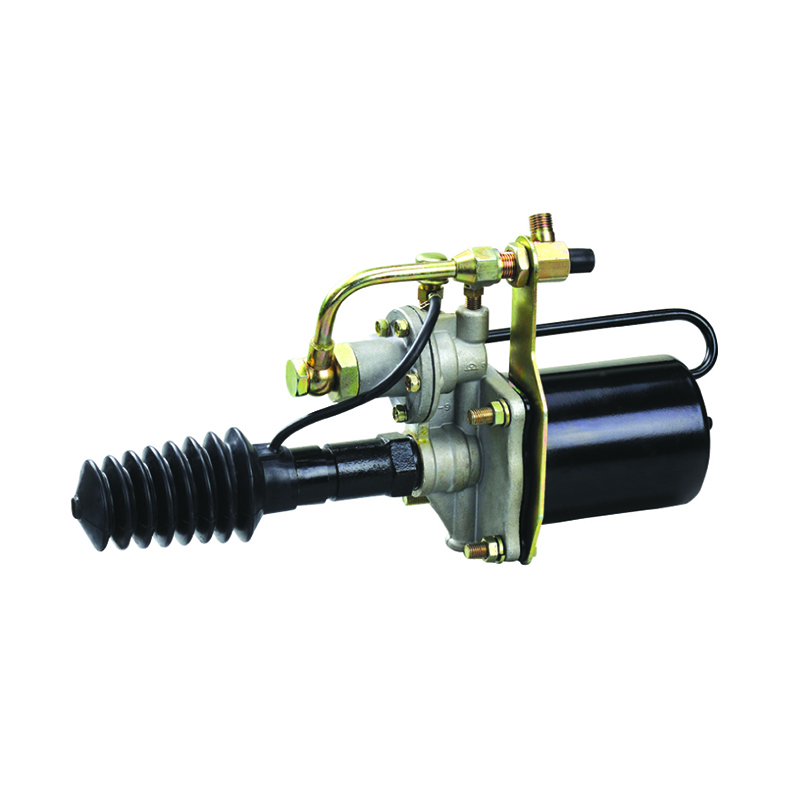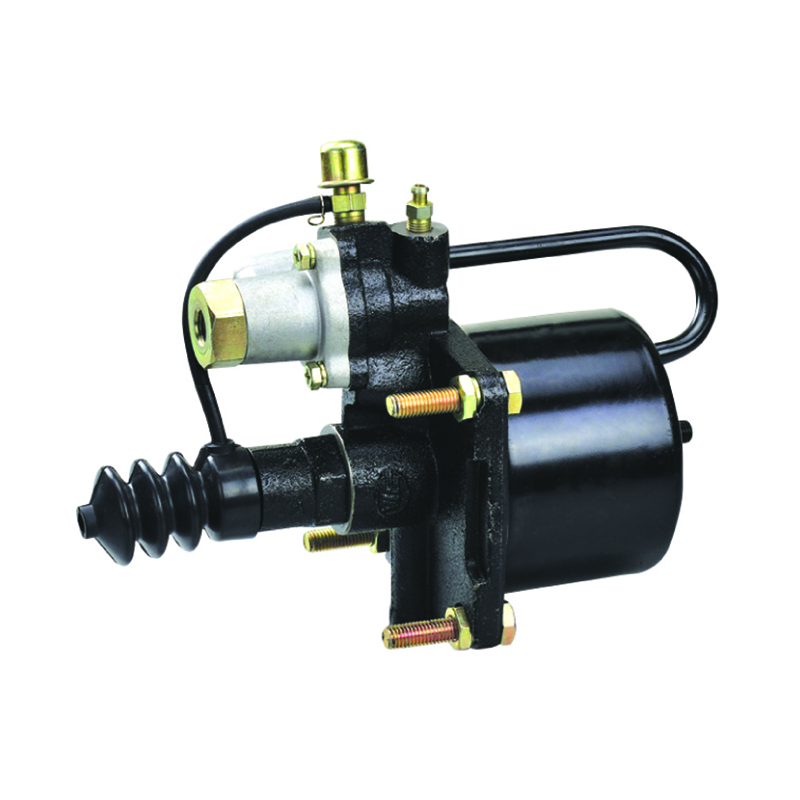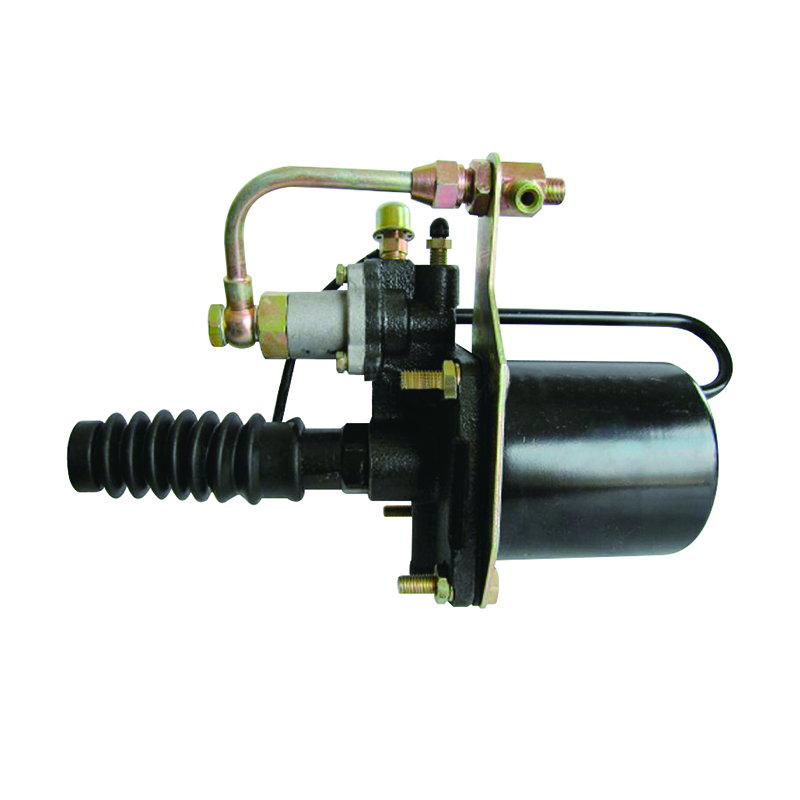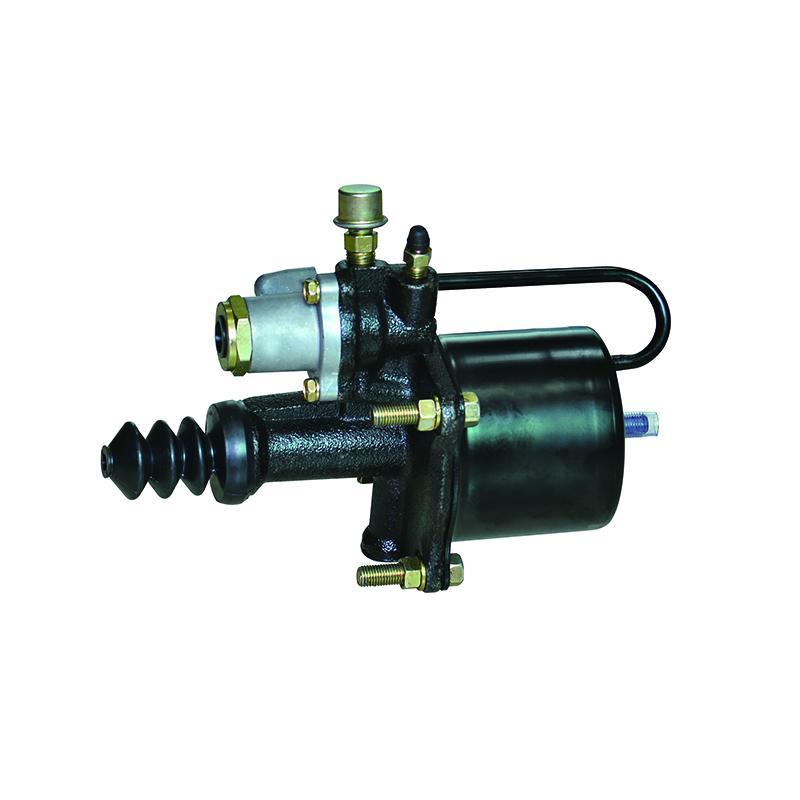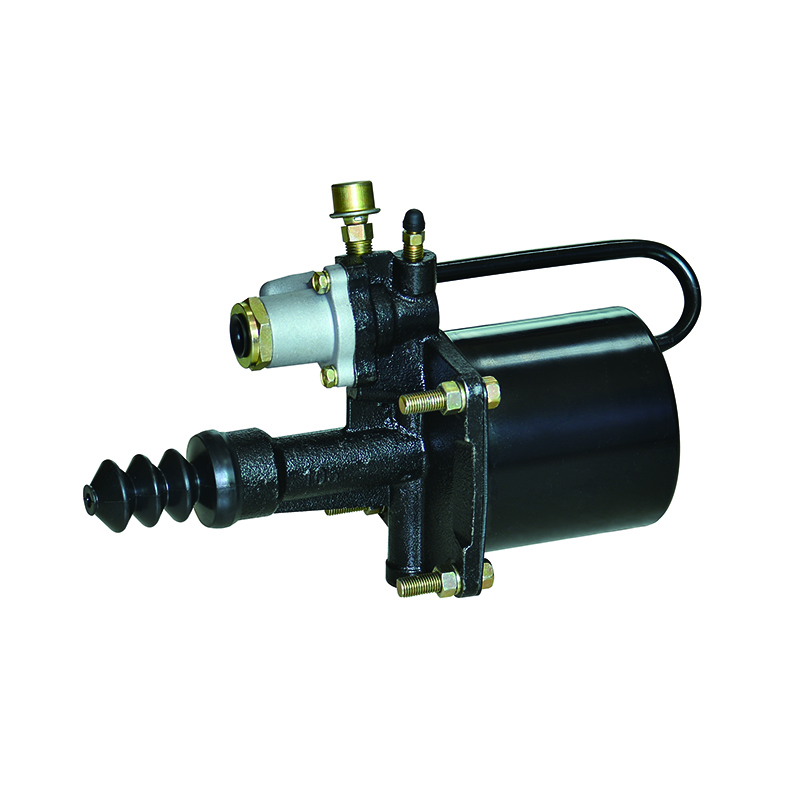For exclusive deals and latest offers, signup by entering your email address below.
What Are the Symptoms of a Faulty Brake Valve, and How Can They Be Diagnosed?
When a vehicle's brake valve begins to malfunction, it can present a range of symptoms that signal potential issues within the braking system. Recognizing these symptoms and diagnosing the problem promptly is crucial for maintaining the safety and reliability of the vehicle. Let's delve into the various signs of a faulty brake valve and the diagnostic methods used to identify the underlying issues.
One of the primary indicators of a faulty brake valve is a noticeable change in the brake pedal feel. When the brake valve is compromised, the brake pedal may exhibit abnormal characteristics, such as feeling spongy, mushy, or excessively firm when pressed. A spongy brake pedal often suggests air in the brake lines, which can result from a leak in the system or a failing brake valve. Conversely, a pedal that feels overly firm may indicate a restriction in the brake lines or a malfunction within the valve itself. Drivers should pay close attention to any changes in the brake pedal feel, as it could signal potential issues with the brake valve.
Another common symptom of a faulty brake valve is the presence of brake fluid leaks. Brake fluid leaks can occur around the brake valve assembly or along the brake lines, indicating damage to seals, fittings, or the valve itself. Inspecting the brake system for signs of fluid leaks, such as wet spots or puddles beneath the vehicle, can help identify the source of the problem. Additionally, checking the brake fluid reservoir for any noticeable decrease in fluid level can indicate a leak in the system, prompting further investigation into the condition of the brake valve.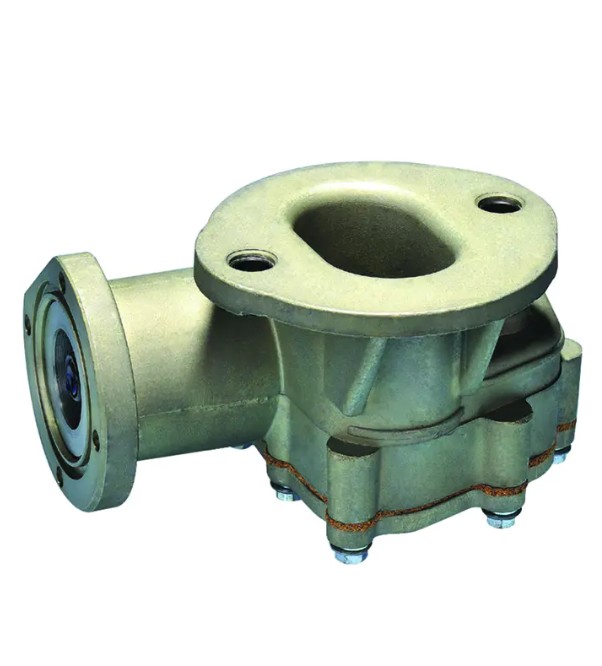
Modern vehicles are equipped with brake system warning lights that illuminate on the dashboard to alert drivers to potential issues with the brake system. If the brake system warning light comes on and remains illuminated while driving, it could indicate a problem with the brake valve, such as a loss of brake fluid pressure or a malfunction within the valve assembly. Diagnosing the specific cause of the warning light requires connecting a diagnostic scanner to the vehicle's onboard computer system to retrieve fault codes and pinpoint the issue accurately.
Uneven braking performance is another telltale sign of a faulty brake valve. A malfunctioning valve can cause inconsistencies in braking pressure, resulting in uneven braking across the wheels. This can lead to symptoms such as pulling to one side during braking, longer stopping distances, or a tendency for the vehicle to veer off course when braking. Diagnosing uneven braking typically involves inspecting the brake calipers, brake pads, brake lines, and brake valves for any signs of wear, damage, or malfunction.
In severe cases, a faulty brake valve can lead to a loss of braking power, where the brakes feel weak or unresponsive when applied. This can pose a significant safety risk, especially during emergency braking situations. Diagnosing a loss of braking power requires a comprehensive inspection of the entire brake system, including the brake master cylinder, brake booster, brake lines, and brake valves, to identify the root cause of the problem accurately.
Diagnosing a faulty brake valve requires a systematic approach, starting with a visual inspection of the brake system for any visible signs of damage or leaks. Additionally, performing a brake system pressure test can help identify abnormalities in brake fluid pressure that may indicate a problem with the brake valve. If the symptoms persist or worsen, it is advisable to consult a qualified mechanic or brake technician for a thorough inspection and diagnosis of the brake system. Prompt identification and resolution of brake valve issues are essential for ensuring vehicle safety and preventing brake system failures on the road.
By understanding the symptoms of a faulty brake valve and employing appropriate diagnostic techniques, drivers can address potential issues early and ensure the continued reliability and performance of their vehicle's braking system. Regular maintenance and inspection of the brake system, including the brake valve, are essential for safe driving and peace of mind on the road.

 English
English 中文简体
中文简体
